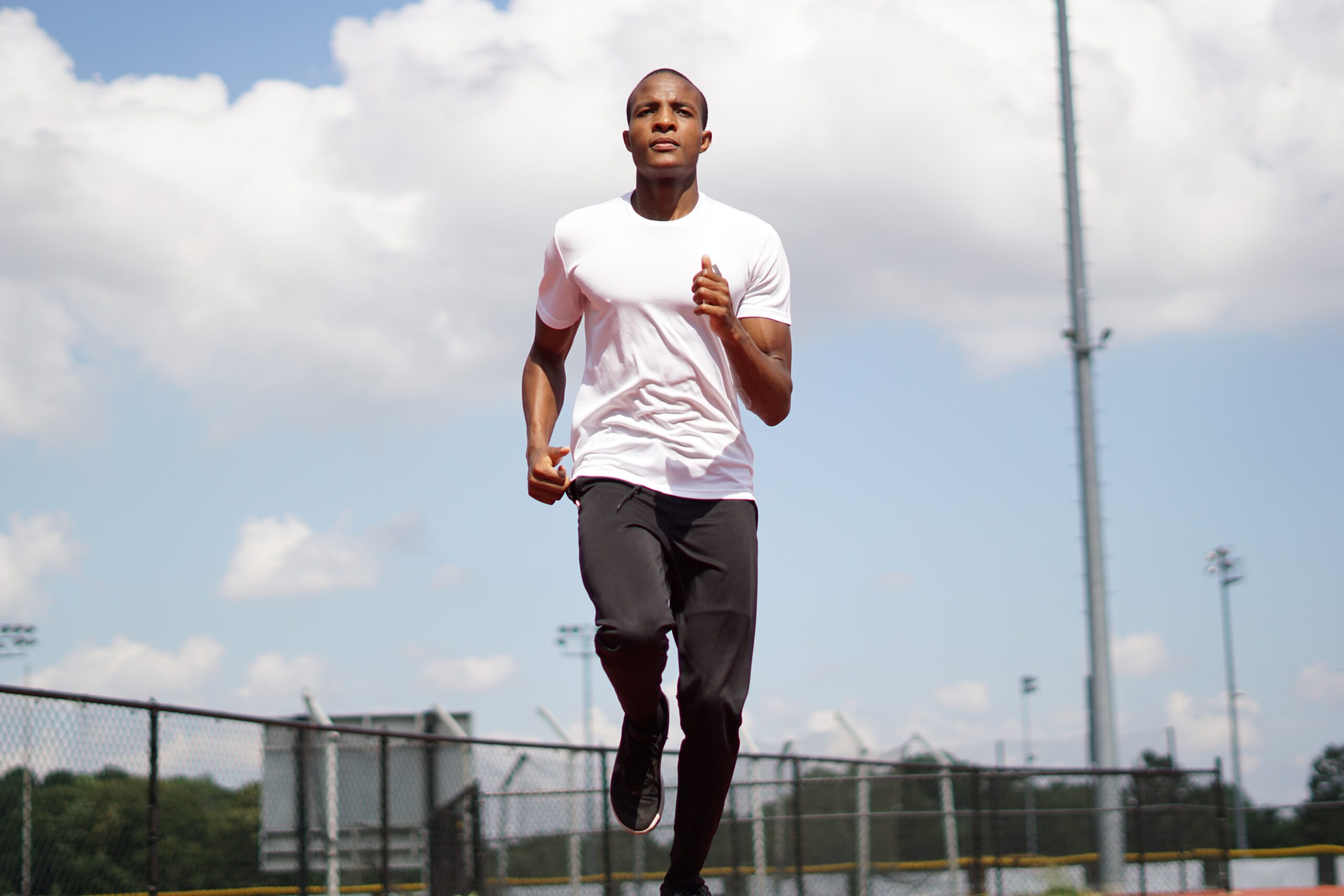The Importance of Exercise
With the anticipation of another winter indoors and our collective tendency to make lofty New Year’s resolutions, it might be a good time to talk about the benefits of physical exercise, how to get started, and what we can do to set ourselves up for success.
The Effect Exercise has on Health
We all know we “should” be exercising on a regular basis, and that not doing so has its consequences. “Use it or lose it,” they say. There are plenty of reasons why we might put exercise lower on our priority list, the most common being 1) it is painful, and 2) it takes time and energy away from our already hectic schedules. To combat this lack of motivation, it might help to become aware of the potential benefits of exercise. Humans are animals of mind, body, and spirit. The most well-known and documented benefits of exercise involve our biology. Our collection of knowledge can aptly be summarized by the saying: “an ounce of prevention is worth a pound of cure.” A consistent balance of cardiovascular and strength training as part of one’s weekly routine can greatly reduce the risk of stroke, high blood pressure, type II diabetes, arthritis, falls, and many forms of cancer, among other things (Mayo Clinic, 2021). Short-term biological changes include the regulation of the body’s stress response and balancing of hormones and neurotransmitters (e.g., serotonin, dopamine, norepinephrine, cortisol) that improve our resistance to mood disturbances (American Psychological Association, 2020). No less important is the cultivation of character traits such as discipline and self-esteem that influence our sense of confidence and self-efficacy, which allows us to thrive socially.
Forms of Exercise to Consider
If it’s been a long time since you’ve regularly exercised, it is best to start low and go slow. Think of your body as a 1997 Corvette that’s been parked for 20 years; it is not going to come out of the garage performing like it used to. The moving parts (joints) are full of friction, the frame (muscles, tendons, bones, and ligaments) has deteriorated, and the engine (heart and lungs) lacks the same efficiency. As it turns out, the human body is infinitely more complicated than a car, and regaining our range of motion, strength, and stamina happens slowly over time. Therefore, it is best to focus on taking it easy in the beginning to get everything in working order, which means cardiovascular exercises with low impact on the joints (e.g., walking, elliptical, rowing, swimming, biking, etc.) and strengthening the major muscle groups with manageable weights. Of course, it is important to consult your family physician to make sure you’ve got the “green light” to start making these changes (Cleveland Clinic, 2022).
Pitfalls to Avoid
You might already know from attempts in the past that starting a workout routine is great in the beginning (aka the “honeymoon phase”), followed almost inevitably by hitting a brick wall of lost motivation. Here are tips to consider to avoid some of the pitfalls you might encounter on your journey:
1. Overcommitting – In fits of overzealousness in the beginning we might say with conviction, “I’m going to spend two hours in the gym everyday,” only to find ourselves in pain and feeling sorry for ourselves two weeks later. In these situations we have overcommitted and failed to manage our expectations. It is far more wise to set goals that are attainable every week. You might, for example, limit your commitment to going to the gym three times per week for an hour each day. If this is what keeps you feeling good and coming back, do it: consistency is key. Finally, it is always good to have a plan ready for those days you just can’t do it, which is a lighter more enjoyable version of your usual workout.
2. Basing results on the scale and appearance –Muscle is more dense than fat, so if you are building muscle through strength training while trying to lose weight, the scale might not change at all while changes are indeed being made. If you are basing things off appearance by looking in the mirror, you are less likely to notice changes occurring if you check everyday. Instead you might prefer to taking pictures over long intervals (such as every two months) to see what is really happening. The best resolution to this problem, however, requires a shift in perspective, which is to base results on how you feel. Exercise leads to vitality of mind, body, and spirit, the benefits of which flow into every facet of our lives, and this feels good. Focus on this, and you’ll start wanting to keep it up rather than dreading your routine.
Avoiding injuries – There is nothing more discouraging than getting back into the swing of things only to have an injury set you back. The most common causes of injury are not including a warm up phase, using too much weight for strength training, and improper
form/technique. Form refers to the alignment and positioning of our body and limbs through motion (Health Hub, 2022). If you are interested in learning more about proper form, websites such as the Ace Fitness Exercise Library provide visual guidelines in addition to information on the difficulty and equipment needed.
Our bodies are the foundation upon which the rest of our lives operate. Treating them well gives us a much greater chance of thriving in every other aspect of our well-being, including our mental health! We wish you all the best as you think about the changes you might like to make in the New Year.
References
American Psychological Association. (2020, March 4). Working out boosts brain health. https://www.apa.org/topics/exercise-fitness/stressHealth Hub. (2022). Prevent injuries with proper form during workouts! Retrieved December 23,
2022, from https://www.healthhub.sg/live-healthy/1776/dont-forget-your-form
Mayo Clinic. (2021, October 8). Exercise: 7 benefits of regular physical activity. https://www.mayoclinic.org/healthy-lifestyle/fitness/in-depth/exercise/art-20048389 Cleveland Clinic. (2022, June 27).
How to get back into working out after a long break. https://health.clevelandclinic.org/how-to-get-back-to-exercising-after-a-long-break/








